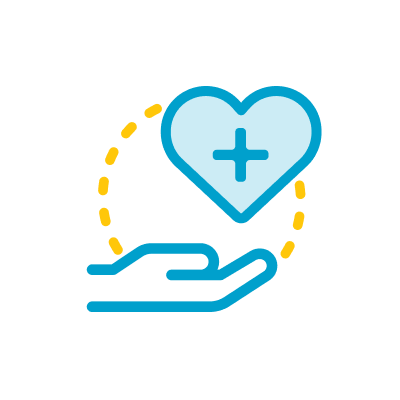Transdisciplinary medicine takes on breast cancer
In 1950, British mathematician Alan Turing published a paper that suggested we should not be as concerned about a whether a computer can think as its ability to imitate human intelligence. This is effectively the foundation of machine learning.
A subfield of artificial intelligence (AI), machine learning uses data and algorithms to help computers learn at superhuman speed.
University of Rochester researchers are no strangers to machine learning. We have used it to better understand climate change, discover how to create new materials, and diagnose HIV-associated neurocognitive disorders. More recently, we used it to find a better way to diagnose breast cancer.
Avice O’Connell ’77M (Res), a professor of imaging sciences at the Medical Center, Kevin Parker, a professor of electrical and computer engineering at the Hajim School of Engineering & Applied Sciences, and Jihye Baek, a PhD student in electrical and computer engineering, launched a project that incorporated machine learning into ultrasound, producing nearly 98 percent accuracy in predicting malignant tissue.
With cancer incidence in our region among the very highest in the United States, this is the kind of collaborative problem-solving that cancer care demands. And it’s why Boundless Possibility, the University’s new strategic plan, is looking to foster transdisciplinary research.
Building on the Wilmot Cancer Institute’s leadership provision of world-class cancer treatment and care and advancing cancer research will require new and consistent investments in biomedical research, nontraditional partnerships, and our facilities, core technologies, and partnerships.
goal addressed
Related updates
Rochester’s VP of Marketing & Communications leads a bold rebrand to elevate the University’s story, impact, and global reputation.
University of Rochester scientists are building the future of quantum computing at the new Center for Coherence and Quantum Science.
Advancing inclusion for people with disabilities, the Golisano IDD Institute at URMC unites care, research, training, and advocacy.









